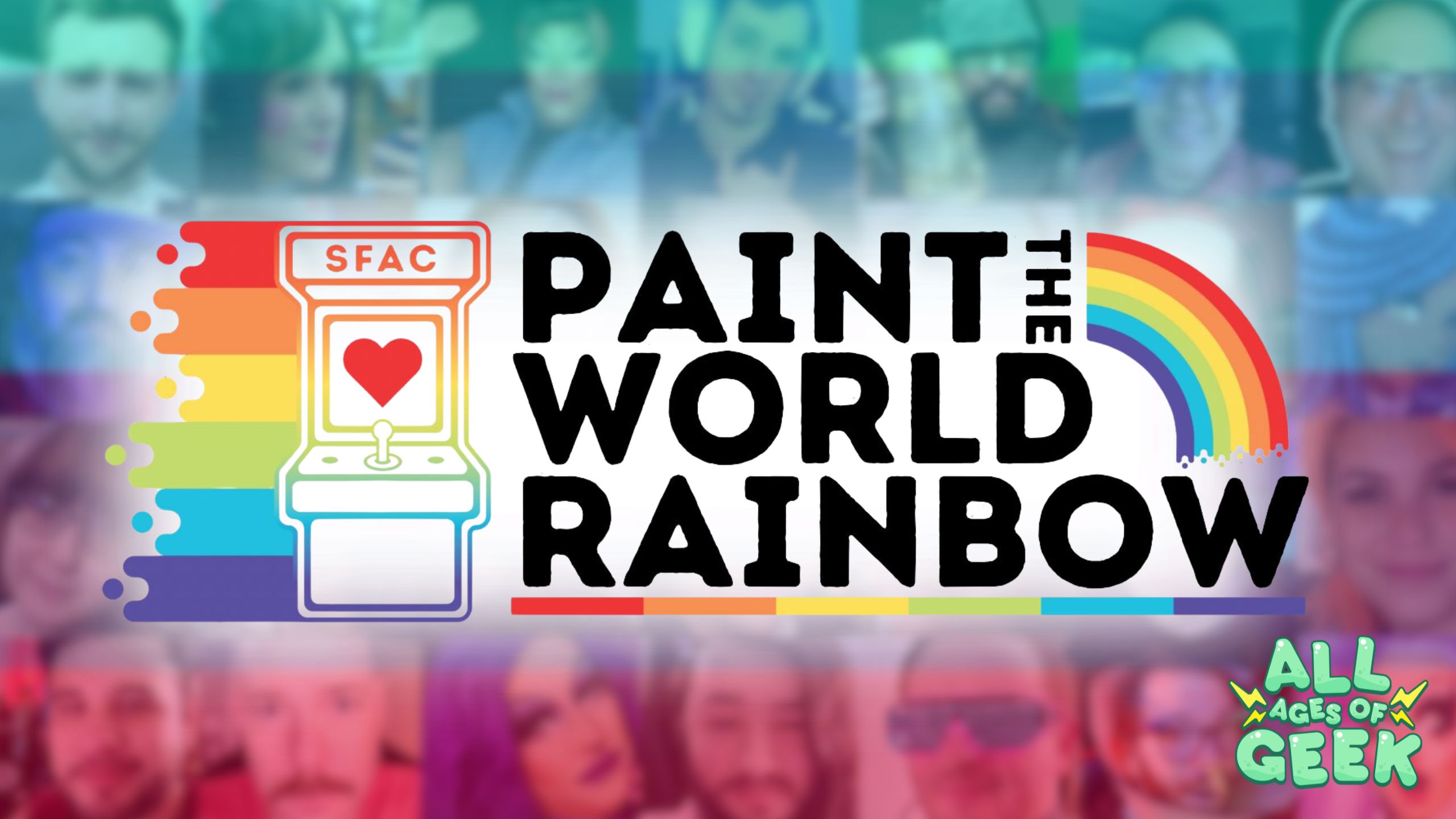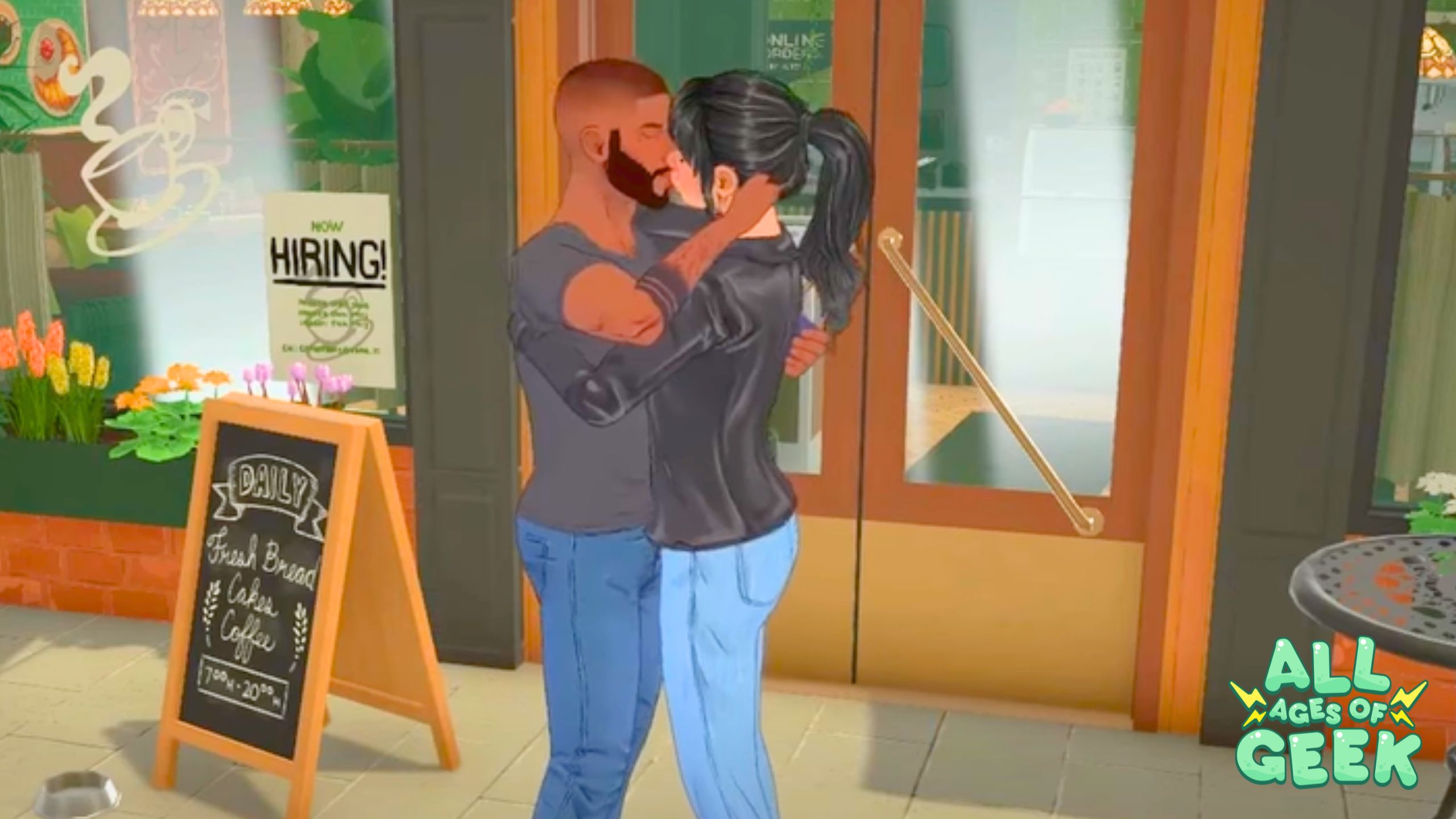Harold & Kumar Go to White Castle (2004) is the most important stupid-ass stoner comedy film of the early-2000s. The film was written by Jon Hurwitz and Hayden Schlossberg (American Reunion, Cobra Kai), and directed by Danny Leiner (Dude, Where’s My Car?). Starring John Cho as Harold Lee and Kal Penn as Kumar Patel. The story follows the duo’s iconic misadventure to American fast-food chain White Castle after getting indubitably “not low.”
I acknowledge off-top that much of this movie is goofy as hell, as it should be. But this film is also groundbreaking, not only subverting its genre but subverting the Hollywood standard for who gets to lead a franchise. I was the only South Asian kid and brown film buff in a deep, dead sea of deeply salty microaggressions and crystal clear racism — with no real resources or vocabulary to express how I was being othered. Now, I’m a goddamn GigaChad with a pretentious enough vocabulary to describe my “deep, dead sea of deeply salty microaggressions and crystal clear racism” line as a whimsical use of thalassic imagery to express the poignant realities of adolescence in the diaspora. Harold & Kumar centers a lot of its comedy on pointing out systemic injustices and microaggressions. Through the film’s humor, in middle school, I was able to understand why the world around me seemed so hostile.
Throughout the movie, Harold & Kumar confront their bullies and people attempting to take advantage of them. They regularly defy authority. Neither are emasculated or desexualized.
A breakdown of moments from the film that stuck with 11-year-old me, inspiring autonomy and helping me parse my environment.
- Kumar shrugs off his med school interview, despite being a competent student. In the current space of mainstream Desi American stories, the strict parent / rigid traditional career path trope is a tired one. At the time, it was refreshing to see Kumar’s apprehension towards societal boxes and family pressure. Kumar is the first rebellious Indian kid I saw in western media.
- Kumar speaks Hindi to communicate with a gas station employee and get directions. The character knowing/speaking his mother tongue is framed as useful and vital.
- Kumar later confronts the white “Extreme Sport Punks” who pick on the Indian gas station employee, making fun of his accent and trashing the store.
- Throughout the film, cops get critiqued for over aggression and racial biases.
- The duo attempt to jaywalk on an empty street at night, comically, out of nowhere, a wild cop appears.
- Kumar stands up to Officer Palumbo abusing his power, which escalates to Harold getting arrested.

- While in jail, Harold meets Tarik, a Black man falsely imprisoned.
- Tarik: You wanna know what happened? I was walking out of a Barnes & Noble, and a cop stops me. Now evidently, a black guy robbed a store in Newark. I told him, “I haven’t even been to Newark in months.” So he starts beating me with his gun, telling me to stop resisting arrest. I kept saying, “I understand I’m under arrest. Now please stop beating me.”

Police brutality and themes of surveillance extend further in the sequel, Harold & Kumar Escape from Guantanamo Bay (2008). Kumar attempts to smoke a smokeless bong on a flight to Amsterdam. An elderly passenger, already cautious of Kumar’s (brown) presence, sees the bong and thinks, “BOMB.” Harold & Kumar are profiled, then apprehended as terrorists. The duo spends the movie on the run from the highly incompetent Deputy Secretary of Homeland Security, who continually jumps to the most extremist conclusions (e.g., that Harold & Kumar are a North Korea Al-Qaeda terrorist tag team).
These films truly are a crash course on blatant American ignorance.
- Harold & Kumar have another run-in with the Extreme Sport Punks. The punks refer to Harold as Mr. Miyagi, and our duo ends up commandeering the punks’ douche-truck. As they drive off, Kumar yells, “Thank you, come again!” in a thick Indian accent, throwing the stereotypical phrase back at the bullies.

- Harold confronts his co-workers who were taking advantage, trying to pile him with all the work while they party. Harold goes off, “You guys think you can just party all weekend and leave all your work to the quiet Asian guy in your office! Huh? … I’m not doing your work anymore.”
There are a lot of real moments in this stoner flick. You couldn’t do a weed movie starring a Korean and Indian American without their experiences being inherently political. Unfortunately, where the film falters is that like nearly all of 2000s American comedy, Harold & Kumar Go to White Castle suffers from a ton of homophobic jokes I can’t endorse. Suggesting that a character is gay isn’t a punchline. Also, filler-dialogue featuring straight dudes talking about the women they find hot = very cringy. I have no problems acknowledging and having a deep appreciation of the booty, but the way sexual attraction is written in American comedies from this era is just highkey degenerate-worship.

Harold & Kumar Go to White Castle is the first time I saw myself represented in a movie. Two non-stereotypical Asian characters with grounded relatable ambitions, frustrations, and authentic BFF banter were the lead protagonists of a mainstream feature film!? Within a minute of Kumar’s introduction, all of my self-confidence and unfounded belief that I could make movies were validated and fortified. For me, John Cho and Kal Penn served as enough empirical evidence that I could make it in the industry.

Yeah, Harold & Kumar get their car stolen by a horned-up Neil Patrick Harris and ride a stoned cheetah. However, they’re still some of the first legitimately cool non-stereotypical representation we had on-screen — and that was huge for young aspiring filmmakers, creatives, and minority youth coming into their own.










